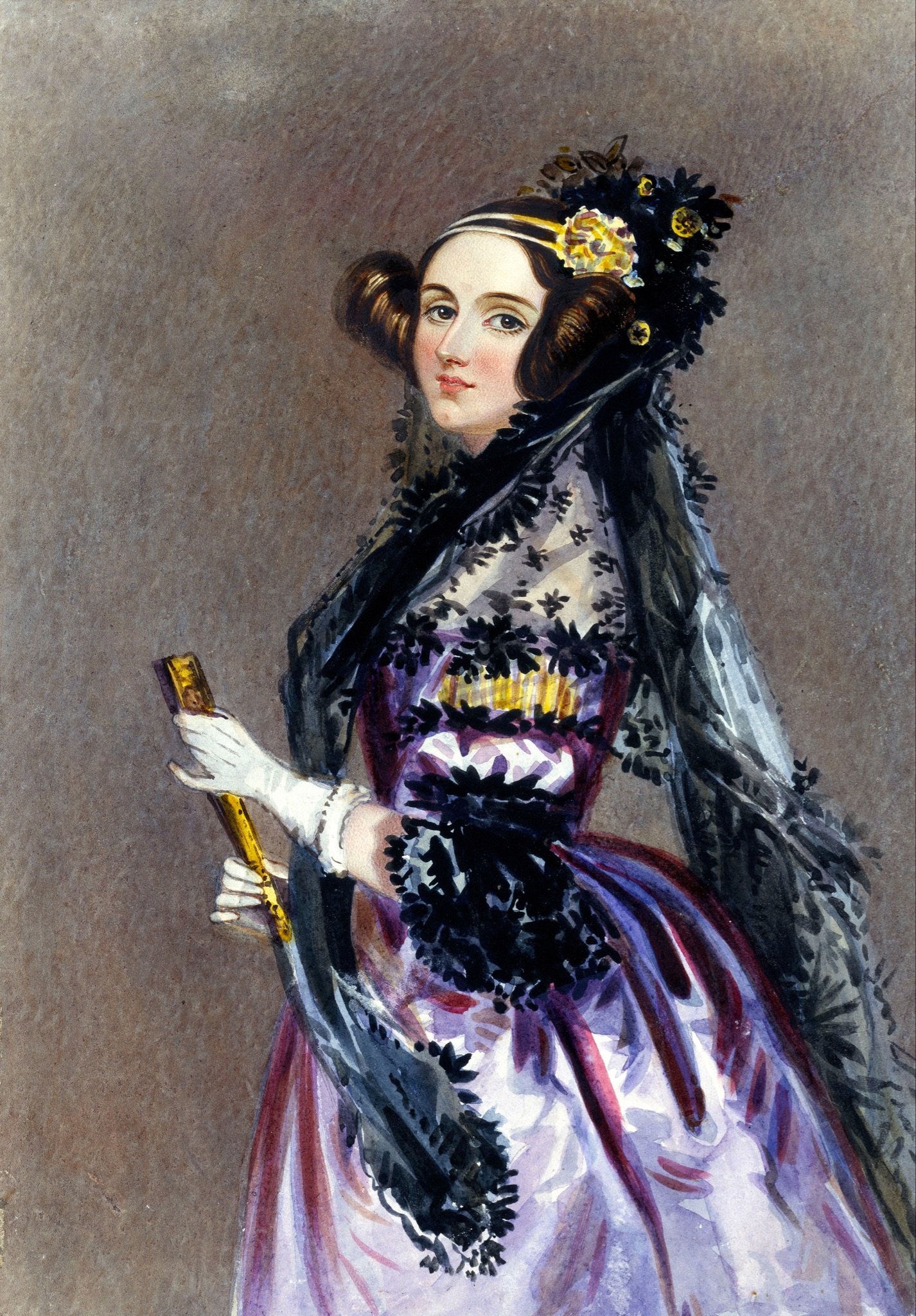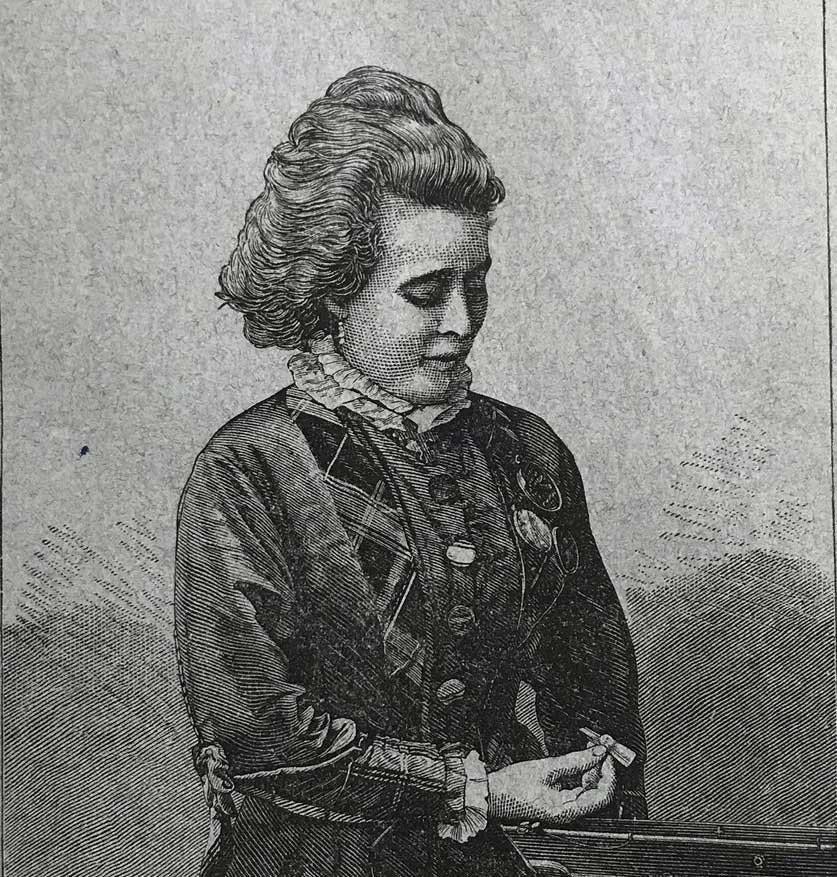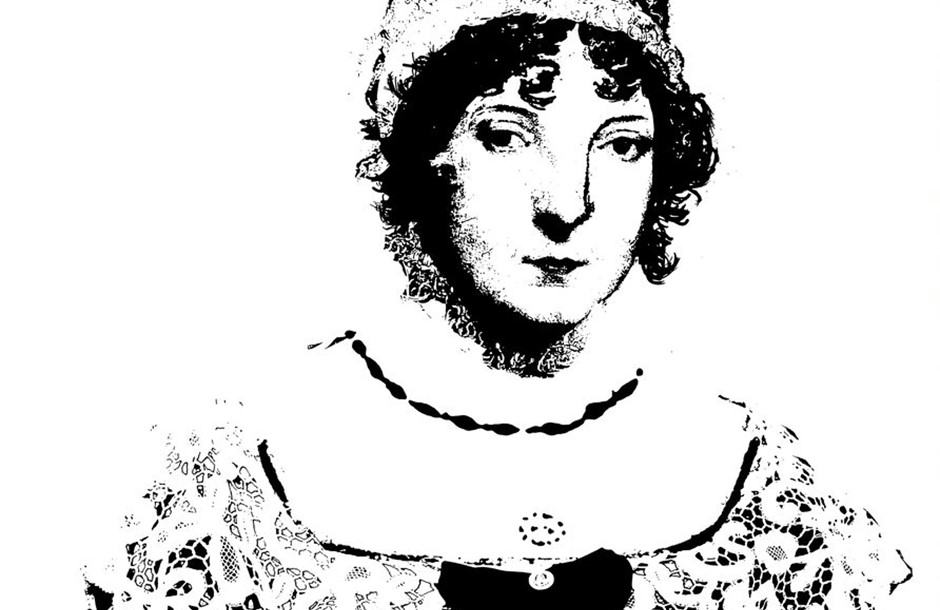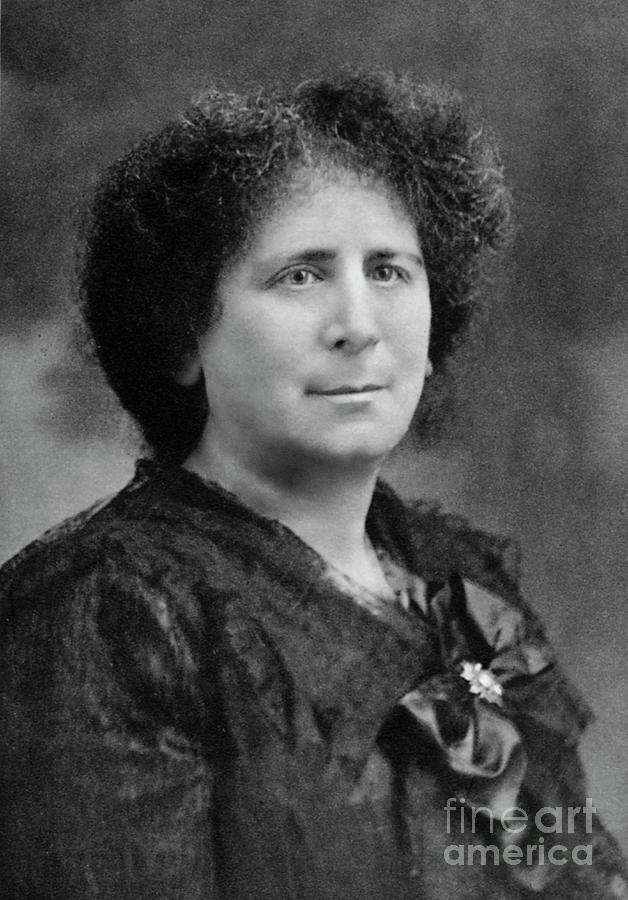Women are capable of doing at least as much as males. They can perform a variety of duties that only men are incapable of. Women’s labour is not valued as highly as men’s, despite the fact that they make substantial sacrifices for their families and careers. The very least we can do is to acknowledge that women significantly influenced several computer languages and revolutionized a hitherto predominately male field of technology because women’s contributions to technology are frequently disregarded or ignored. In addition to highlighting their remarkable accomplishments, this article seeks to uncover a few people who have been completely forgotten.
Here are five of the most forgotten female British technologists:
Ada Lovelace (1815–1852)
Ada Lovelace was a British mathematician and writer. Ada King, Countess of Lovelace, birth name Augusta Ada Byron, Lady Byron, was born in London, England. She was the sole biological child of Lord Byron, a Romantic poet, and Lady Wentworth. Her mother, in particular, encouraged her to pursue her interest in mathematics. She developed the first algorithm that was meant to be executed by a machine of this kind, since she was the first to realize that the device had uses beyond simple calculation. She is frequently considered the first computer programmer and as having been the first to understand the full potential of a “computer machine.” A century after her passing, her contributions to technology were finally recognized. Ada Lovelace Day, a celebration of the achievements of women in science, technology, engineering, and mathematics, is observed annually on the second Tuesday in October.

Henrietta Vansittart (1833-1883)
Henrietta Vansittart was a British inventor, engineer, and patentee. She was born in Ewell, Surrey, England. Her father was an engineer and inventor who received a patent for a brand-new kind of stern-mounted submerged maritime screw propeller in 1838. She improved the propeller’s design after his passing in 1866 by swapping out its flat blades for ones with compound curvature. The Lowe-Vansittart Propeller was copyrighted in Britain and the United States in the following year. This considerably increased its efficiency. The unfortunate RMS Lusitania, which fell prey to German U-boat operations early in World War 1, had the propeller installed. She received a British patent for the Lowe-Vansittart propeller in 1868, a screw propeller that made it possible for ships to move more swiftly and effectively. A Self-taught engineer, Vansittart vigorously promoted her creation. The model of the Lowe-Vansittart screw propeller blades kept in the Science Museum’s collections is one such item.

Elizabeth Bell (c.1803–1877)
On her first patent, little-known British inventor Elizabeth Bell described herself as a spinster living in Hampstead, London. She is credited with developing a chimney sweeping machine and receiving patents for it in 1803. She was probably inspired by a well-known effort at the time that aimed to stop the use of children as chimney sweepers. The Society for Superseding the Need of Climbing Boys and the Society for the Encouragement of Arts, Manufactures, and Commerce all presented awards in acknowledgement of the effort’s technical approach to the problem (both of which still exist today as the Royal Society of Arts).
Sarah Guppy (1770–1852)
Sarah Maria Beach was a British inventor who lived during a time when female inventors were uncommon. She was born in Birmingham, England. As the industrial revolution swept through the northern and midland counties of England, the emphasis was placed on industry more than agriculture. A revolutionary method of building and installing bridges and railroads without arches that eliminate the risk of being swept away by floods was invented by Sarah Guppy in 1811. She was the first woman to ever receive a bridge patent. Contrary to what is frequently claimed, this was not for a suspension bridge. However, that shouldn’t take away from her other outstanding accomplishments, because Telford’s spectacular Menai Bridge was built using a patent she received for a bridge. ![]()

Hertha Ayrton (1854–1923)
The British engineer, mathematician, physicist, and inventor Phoebe Sarah Hertha Ayrton was the first woman to be nominated for a fellow position at the Royal Society. Ayrton made significant contributions to the study of electric arcs, which were widely employed for indoor and outdoor illumination in vast public spaces in the late 1800s and early 1900s. She became the first woman elected to the Institution of Electrical Engineers, which is now the IET, because of her research on the characteristics of electric arcs. She created a specific sort of line divider for drafting in 1884. William Ayrton, an electrical engineer, taught Marks’ electricity courses at Finsbury Technical College. Due to her interest in hydrodynamics, Ayrton created a cotton fan to disperse toxic gas from trenches during World War I.

Read about the most influential women in British science history.
Munia Jamal is a freelance content writer and translator with 5 years of experience, working with different clients and agencies. She believes that content is nothing but showing your creativity through words. She can be contacted at muniaj99@gmail.com.
